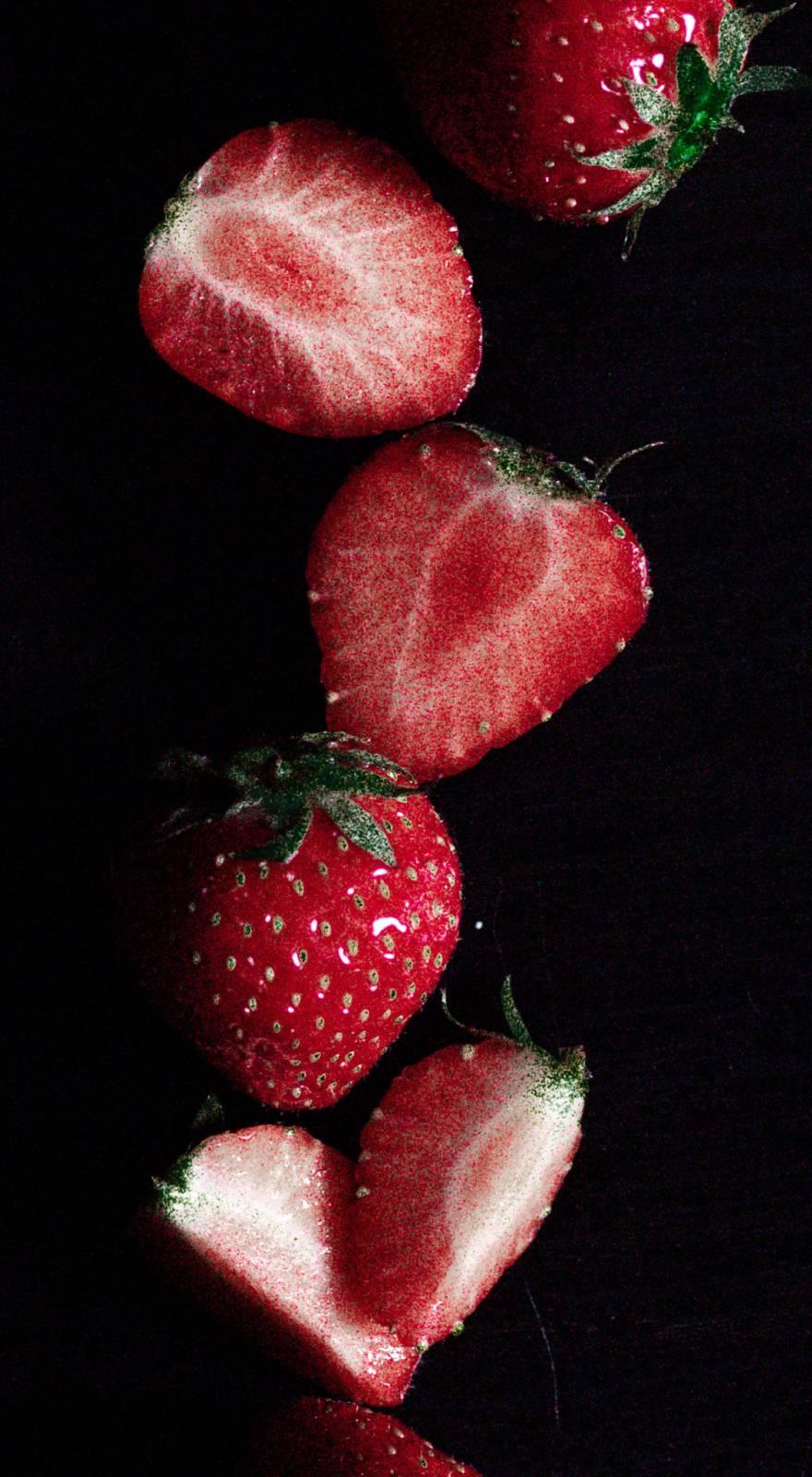Knowde Enhanced TDS
Identification & Functionality
- Ingredient Name
- Food Ingredients Functions
- Pharma & Nutraceuticals Functions
- Latin name
- Haematococcus pluvialis
- CAS No.
- 472-61-7
- Molecular formula
- C40H52O4
- Part used
- Shell-Broken algae
- Ingredients
- Astaxanthin
- Product Families
- Composition of Haematococcus pluvialis Microalgae
The general composition of haematococcus pluvialis algae consists of common carotenoids, fatty acids, proteins, carbohydrates, minerals, etc. Astaxanthin, a member of the carotenoid family, it is a dark red pigment and the main carotenoid found in algae and aquatic animals. It is responsible for the red/pink coloration of crustaceans, shellfish, and the flesh of salmonoids. Algatechnologies produces astaxanthin from the microalga Haematococcus pluvialis, the richest known natural source for astaxanthin. Astaxanthin consists of geometric isomers (trans and cis). the cis isomers display higher bioavailability and potency in humans This isomer is abundant (up to 20%) in the natural astaxanthin complex produced by the microalga Haematococcus pluvialis. The astaxanthin in Haematococcus pluvialis microalgae occurs in the esterified form, which is more stable than the free astaxanthin form.
- Other Names
Microalgae Haematococcus pluvialis,3,3’-dihydroxy-β-β-carotene-4,4’-dione, BioAstin
- Specifications
astaxanthin Powder 1%, 2%, 2.5%, 3%, 3.5% (by UV or HPLC);astaxanthin oil 2%, 2.5%, 5%, 10%(by UV or HPLC)
Features & Benefits
- Benefit Claims (Health)
- Food Ingredients Features
- Product Highlight
Astaxanthin is a carotenoid that is common in the marine environment and is found in highest concentrations in Haematococcus pluvialis Microalgae and in the flesh of various salmon species with about 10,000 -40,000mg/kg and 1-58mg/kg respectively. Japanese people is believed to have the longest life span in the world, and scientists points out that this is largely due to astaxanthin. However, haematococcus pluvialis Microalgae is generally regarded as the best source for natural astaxanthin in the world. Therefore, what is Haematococcus pluvialis Microalgae in deed?
- Benefits of taking astaxanthin supplements
NATURAL ASTAXANTHIN CAN:
• support skin structure during sun exposure*
• support healthy immune function*
• support increased energy levels*
• support joint health*
• support a healthy cardiovascular system*Astaxanthin and Joint Health
Astaxanthin has natural anti-inflammatory properties, but unlike prescription analgesics, it comes with no risk of addiction, heartburn, or gastrointestinal ulcers. Specifically, natural forms of astaxanthin block inflammatory COX2 enzymes, while at the same time suppressing serum levels of nitric oxide, interleukin 1B, prostaglandin E2, C Reactive Protein (CRP), and TNF-alpha (tumor necrosis factor alpha).
Astaxanthin and Skin HealthOne of the reasons why salmon roe is red in color has to do with the high levels of astaxanthin that it contains. Astaxanthin has powerful UV-blocking properties that help protect the fish eggs from sun-related damage. Taking astaxanthin can also provide humans with similar health benefits. As a side benefit, the antioxidant has also been shown to reduce wrinkles, and to improve skin moisture levels.
Astaxanthin and FatigueSockeye salmon has some of the highest levels of astaxanthin found in nature, with the exception of the purest form of the pigment. In fact, this is the reason behind the vibrant red flesh of the fish. Astaxanthin is also considered the primary reason why salmon have the energy it takes to make their arduous upstream voyages each year. Natural forms of this antioxidant also provide humans with increased strength, while also offering increased recovery from exercise.
Additional Health Benefits of AstaxanthinOne of the easiest ways to take advantage of the remarkable health benefits of astaxanthin is to take BioAstin from Nutrex Hawaii. Not only does this super-antioxidant benefit one’s joints and tendons, eyes , skin, and energy levels, but astaxanthin also:
• Supports immune function
• Supports cardiovascular health
• Protects cells and the nervous system from oxidative damage
• Supports brain health
Applications & Uses
- Markets
- Food & Nutrition Applications
- How does astaxanthin work?
Astaxanthin is a lipid soluble carotenoid antioxidant. Upon ingestion astaxanthin can be found in all organs of the body. At the cellular level astaxanthin accumulates in the membranes of cells and in the membranes of mitochondria and many others. Astaxanthin has a unique structure that enables the molecule to span the double layer membrane and consequently, exposes itself both to the interior as well as the exterior of the cell. By localizing itself in the membranes, astaxanthin protects membrane components like proteins and unsaturated fatty acids from ROS mediated oxidation. Furthermore, this high antioxidant capacity can inhibit the activation of the proinflammatory response via the NF-kB dependent pathway.
- Dosage of taking Astaxanthin supplements
What are the correct dosage levels for astaxanthin? no one has declared an upper limit to how much astaxanthin dosage the body can take. Astaxanthin is not a drug, remember, but something that occurs naturally in foods that have been eaten for millennia. Moreover, different health conditions need different dosings.
Cyanotech, the maker of BioAstin brand astaxanthin, generally recommends an astaxanthin dose of 4-8 mg per day. Since astaxanthin accumulates in one’s system, its benefits are enhanced by taking it regularly. Cyanotech also suggests that those who have specific health issues may want to start at higher doses for a few weeks, then taper off.
For instance, someone with arthritis, tendonitis or Carpal Tunnel Syndrome might start with an astaxanthin dose of 12 mg a day, whereas someone who is taking astaxanthin just for its antioxidant value or to enhance his or her immune system might begin with a dose of 4 mg a day.
Another producer, Valensa (Zanthin brand) suggests that 4 mg daily is an ideal astaxanthin dose, especially for athletes under heavy oxidative stress, or for people exposed to excessive sunlight, or people like pilots who are exposed to high levels of ionizing radiation. For others, 2-4 mg is adequate.
Properties
- Typical Properties
| Value | Units | Test Method / Conditions | |
| Molecular Weight | 596.84 | — | — |







